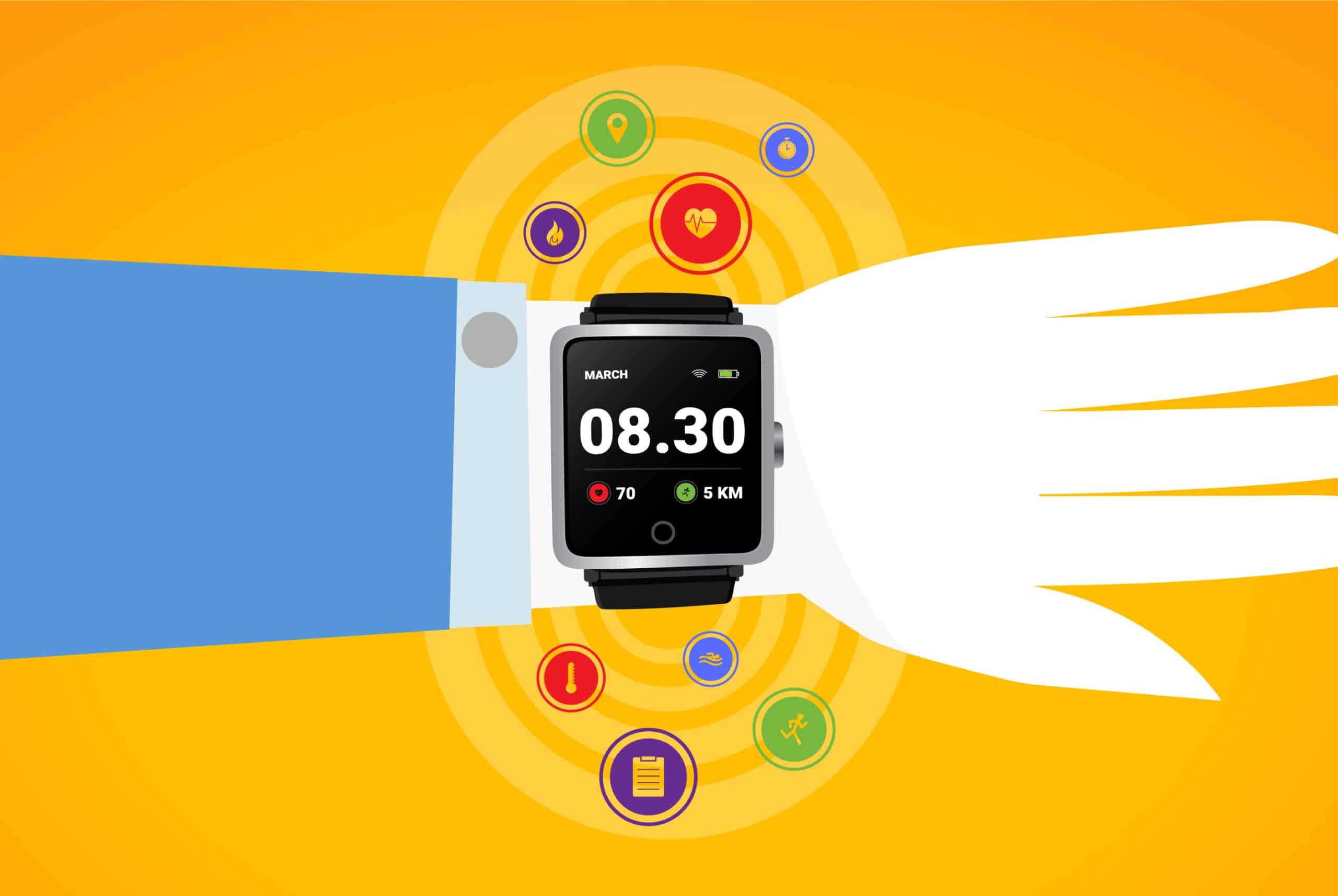
Without research, you’re probably throwing away your marketing dollars.
Research is incredibly vital to medicine. From clinical trials that lead to medical breakthroughs and build system reputation all the way down to patient lab reports – providers of all kinds love and respect data. And yet, when it comes to marketing and healthcare, funding for research can be difficult to secure. Convincing leadership at a hospital system to invest in a consistent market performance report can be really, really hard. So it’s our job, as marketers to show the value of data and to demonstrate to leadership – who already has an inherent respect for data – that we also need that investment in data to be effective.
The largest advertisers – package goods companies, auto manufacturers, hospitality, technology and beverage companies – all invest billions in studies to help inform their marketing campaigns. It’s fundamental to their success. Relative to these categories, healthcare marketing is in the embryonic stages of consumer research. Now that patients are more like consumers, now that they have more choices, and now that there are new disruptors in the category – companies like CVS, Walmart and Amazon who all spend millions on research – it’s more important than ever to make the argument for research for your organization.
Here, we’ll share the three fundamentals of an effective brand and how research helps take the guesswork out of establishing these three pillars. The right data can help your brand cut through the clutter and connect with consumers on an emotional level.
Let’s talk about data. Yeah, so fun. OK forget the data. Let’s talk about beer.

Specifically, let’s talk about PBR – Pabst Blue Ribbon. Over 100 years old, this iconic Milwaukee beer reached its peak popularity in the 60’s and 70s. But by the late 1990s, it was trash beer. Sales took a nosedive. But, it made a comeback in 2001 thanks to data. With sales at an all-time low, the company looked at its sales data. And one of the few places where sales were up was the hipster hub of Portland, Oregon. They did a market study and found that young people embraced the brand due to its no-frills image, lack of cheesy advertising, and affordability. Drinking PBR was seen as ironic. So, PBR sponsored cool events like gallery openings and bike messenger rodeos rather than deploying a traditional marketing campaign. Since 2001, national sales have increased by 165%. The brand remains relevant today, ranking among the top 20 beers in U.S. sales for 2022.
Ok, let’s get back to healthcare. There are three qualities every brand must be to connect with consumers.
#1 Differentiating
Your brand positioning needs to set you apart from your competitors.

In a market health assessment, we test brand attributes to see what resonates with patients and is also unique or at least stronger for your brand. And the data will reveal some nuggets you can latch onto.
Perhaps you think being convenient is important to folks near your hospital. But testing might show that residents are very willing to drive 30 minutes maybe even an hour or more for specialty care. The research will help uncover what makes your system special, something that’s stronger for your brand – something that compliments your personality.
#2 Believable
Your positioning has to be authentic to your brand.

There’s an adage in the advertising business that says, the fastest way to kill a bad product is with good advertising. If you run an amazing campaign about how awesome your wait times are, and the reality is that I’ll be sitting in the waiting room for over an hour, well then I’m never coming back.
So, you have to be true to your brand. We worked with MetroHealth in Cleveland to help define an effective brand platform rooted in research. We didn’t need data to know that it would have been difficult to compete with the Cleveland Clinic on expert specialty care. MetroHealth has great specialty docs, but we’re not going to win the perception game against one of the top acute care hospitals in the world.
Instead, the data revealed that MetroHealth had better scores for softer skillsets – doctors who take the time to truly listen to patients. Plus, MetroHealth was perceived as the local hospital. Where Cleveland Clinic was seen as more detached from Cleveland, this is your hospital. So we leaned into that sense of Cleveland pride and made sure to film in locations that showcased the city. Let the Clinic have the world. We’ve got you, Cleveland. The resulting brand campaign positioned MetroHealth as your local partner in better health. It’s absolutely ok to be aspirational. Just don’t make claims that are false.
#3 Motivating
Research can help you find out what makes your audience take action.

At the end of the day, we’re trying to get someone to make an appointment. Schedule a screening. Call, click or best of all, recommend us to their friends. Use data to uncover the messaging that will make your audience take action. What are their trigger points and what’s going to make them take action, become a customer, and ultimately convert to a brand advocate?
Want some real-world examples? See how we leveraged data to cause people to act in three very different markets.
Key takeaways on the fundamentals of research and how it can inform your brand.
First, your positioning has to be different from the other options. What makes you so special that I should trust you with my care and not someone else? Second, it better be true. Hospitals are plagued with operational issues. Don’t promote primary care if none of your docs can see me for ten months. And finally, your brand has to be motivating. Get me to act – call, click and connect. With the right data, your brand can be all of this. Now you just have to get the C-suite to approve the investment. Easy, right?





